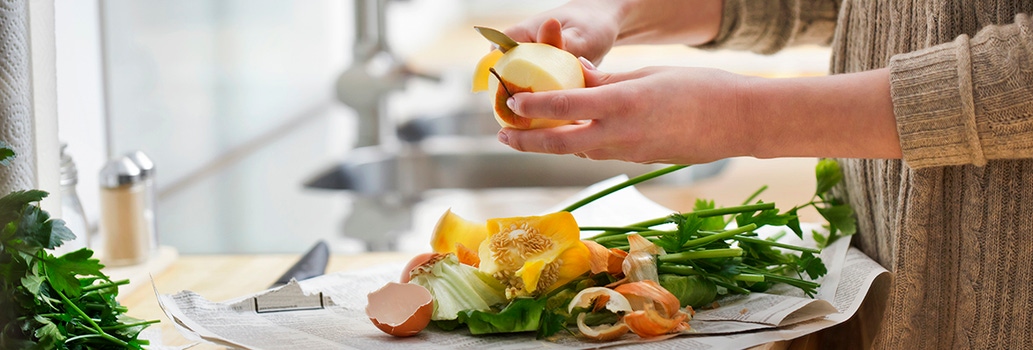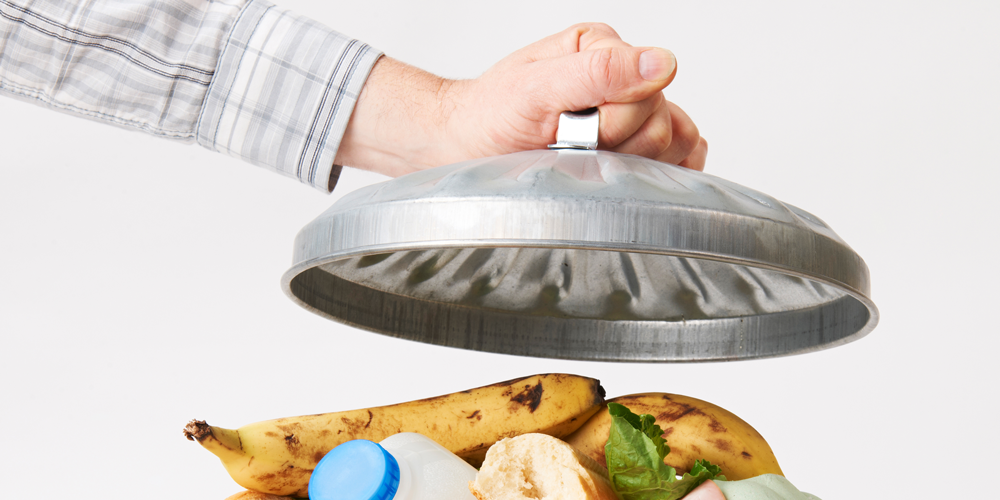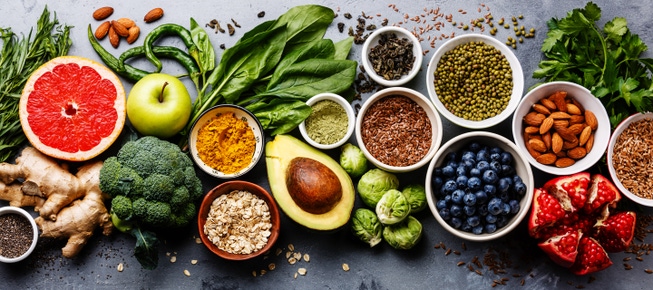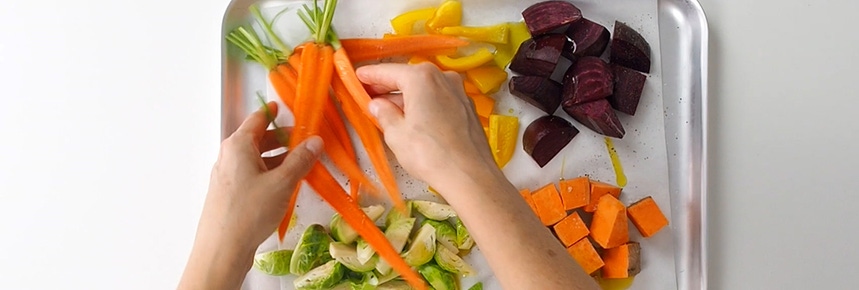
Five easy tips to cut food waste
Did you know there is enough food produced in the world to feed the entire global population? Yet shockingly, a third of all food produced is lost or wasted.
In Australia, more than 5 million tonnes of food ends up as landfill annually, enough to fill 9,000 Olympic sized swimming pools. The government estimates that food waste costs the Australian economy $20 billion each year.

Winning the war on waste starts at home. Reducing your food waste can have a positive effect on the planet and your personal finances as well! Follow these 5 simple tricks to when food must be thrown away, when it can be kept and what to do with leftovers:
1. Top to tail
Try cooking ‘root to stem’ where you use every part of the ingredient. The leaves, stems, stalks and skins of vegetables have their own unique tastes and textures so it’s like getting multiple veggies in one package. Think pesto using carrot tops, or even simpler - cooking and eating potatoes with the skin on.
2. Get scrap happy
If you’ve got fruit and veg that’s getting old, consider cooking or freezing them for future use. Over ripe fruit can be chopped and frozen, ready to make into smoothies, while tired veggies (or veggie scraps from dinner) can be simmered into a delicious stock.
If your food is a little bruised, wilted or damaged it’ll still retain the same great taste. If you’ve got herbs looking a little on the sad side, shred them and pop into ice cube trays with a drizzle of olive oil. You can then use them as needed, to add flavour to your cooking. Your freezer really is your best friend when it comes to saving food.
3. Meal plan
Food is often bought on a whim and then it lies forgotten at the back of the fridge. By planning your meals for the week, you’ll know exactly how much food you need with every dish clearly mapped out. Anything prepped in advance can also be frozen and used as needed – so if you decide to go out for dinner instead, nothing will go to waste.
4. Reduce plastic use
You may already by minimising your use of single-use plastics outside of the home – keep cups instead of takeaway cups, or calico shopping bags instead of plastic ones. But what else can you do at home? Instead of buying pre-portioned packaging, buy in bulk instead. Do you usually buy 15 mini packs of yoghurt or dried fruits? Opt for one large bag and portion into smaller containers. Invest in beeswax wraps instead of cling wrap or air tight storage containers to keep your food fresh.
5. Know your dates
Knowing how long your food should last can help you avoid throwing out food unnecessarily, and that involves understanding the difference between best before and use by dates. A use by date is the one to keep an eye on.
The use by date indicates when a food must be consumed by for health and safety reasons. You’ll generally see it on highly perishable foods. Best before dates, on the other hand, give you a bit of leeway, as that is an indicator of quality, not safety. You’ll generally see this on foods with a much longer shelf life, like canned goods.

The latest nutrition advice, plus health and wellness tips delivered to your inbox monthly

